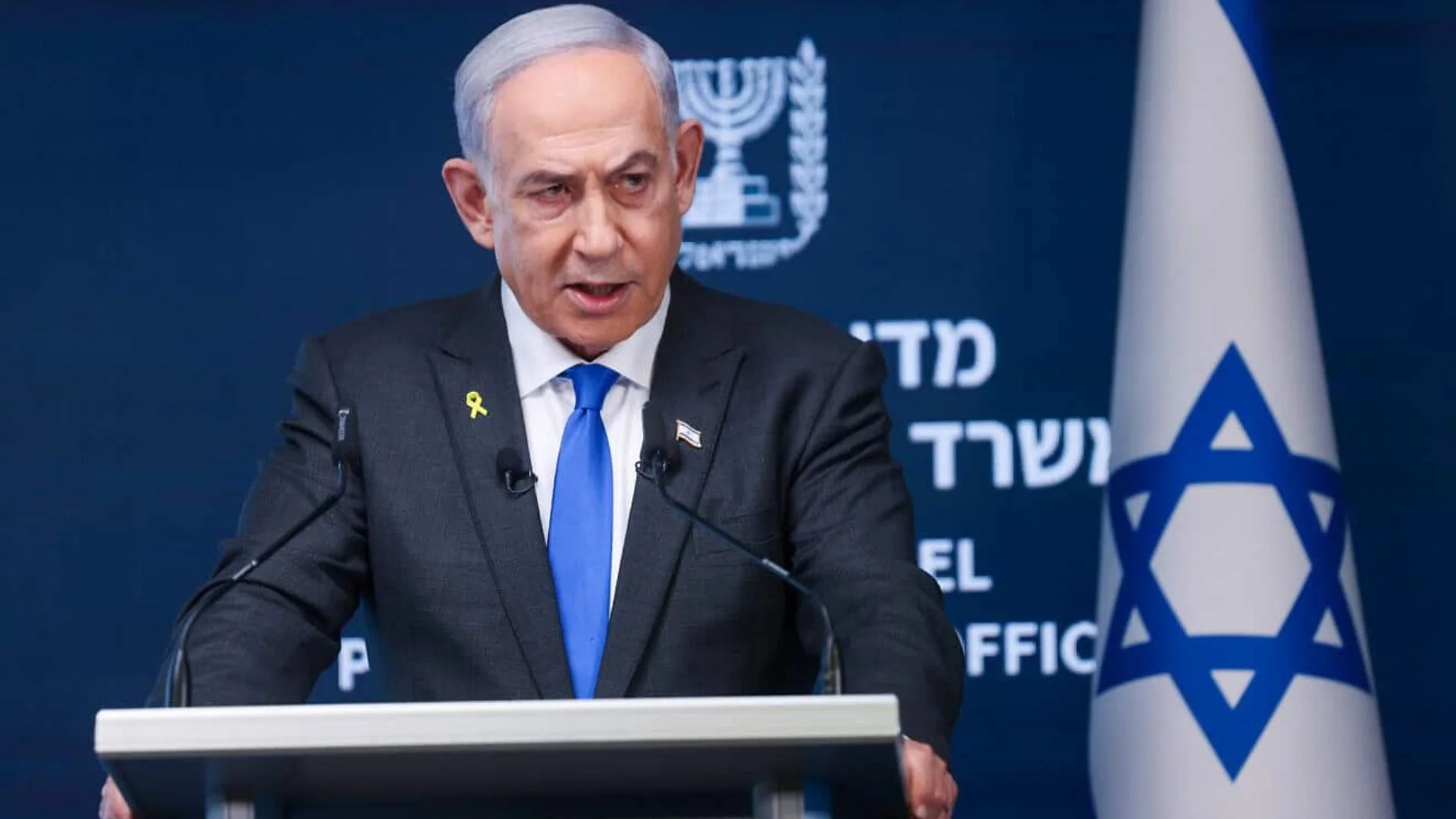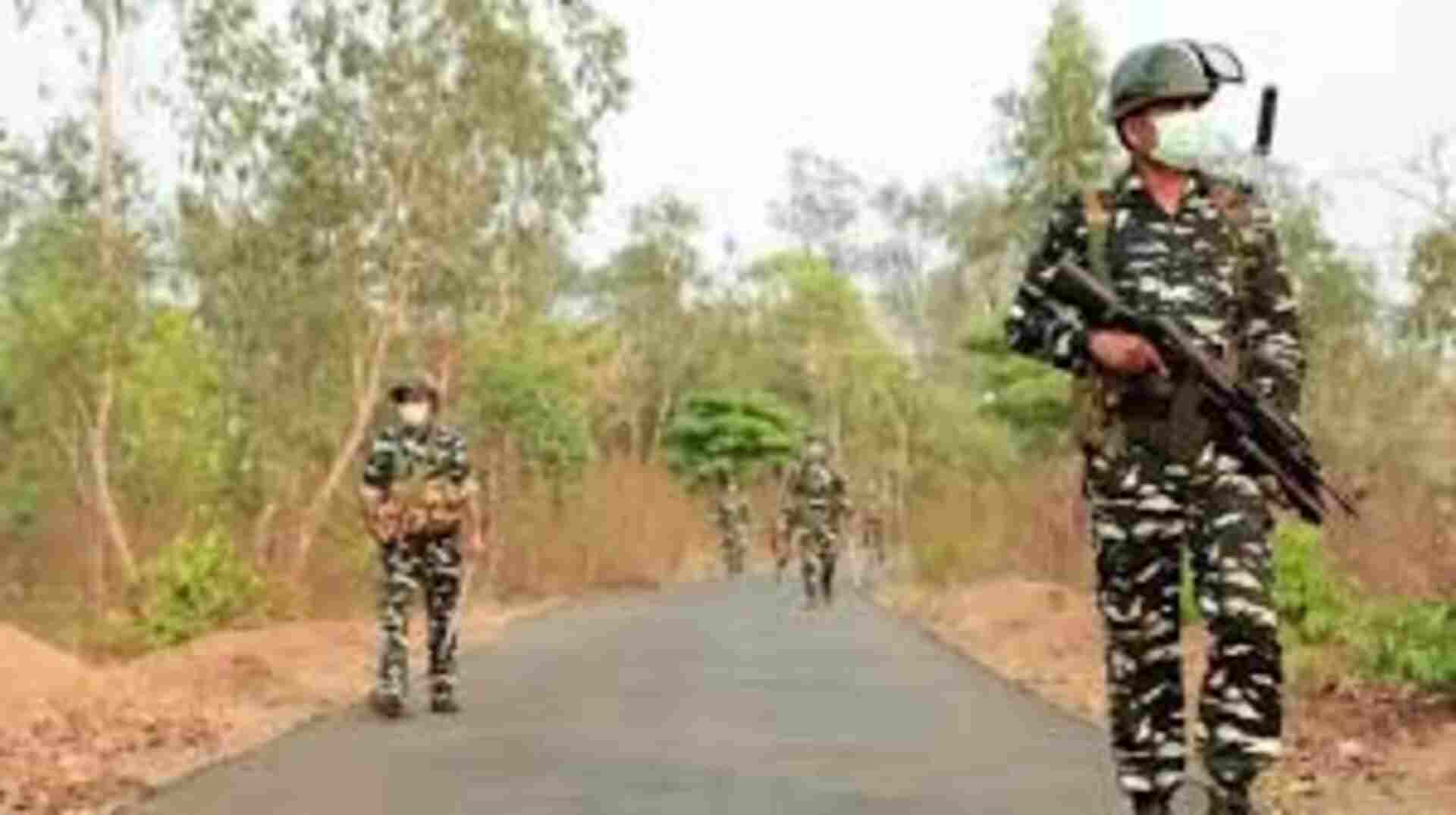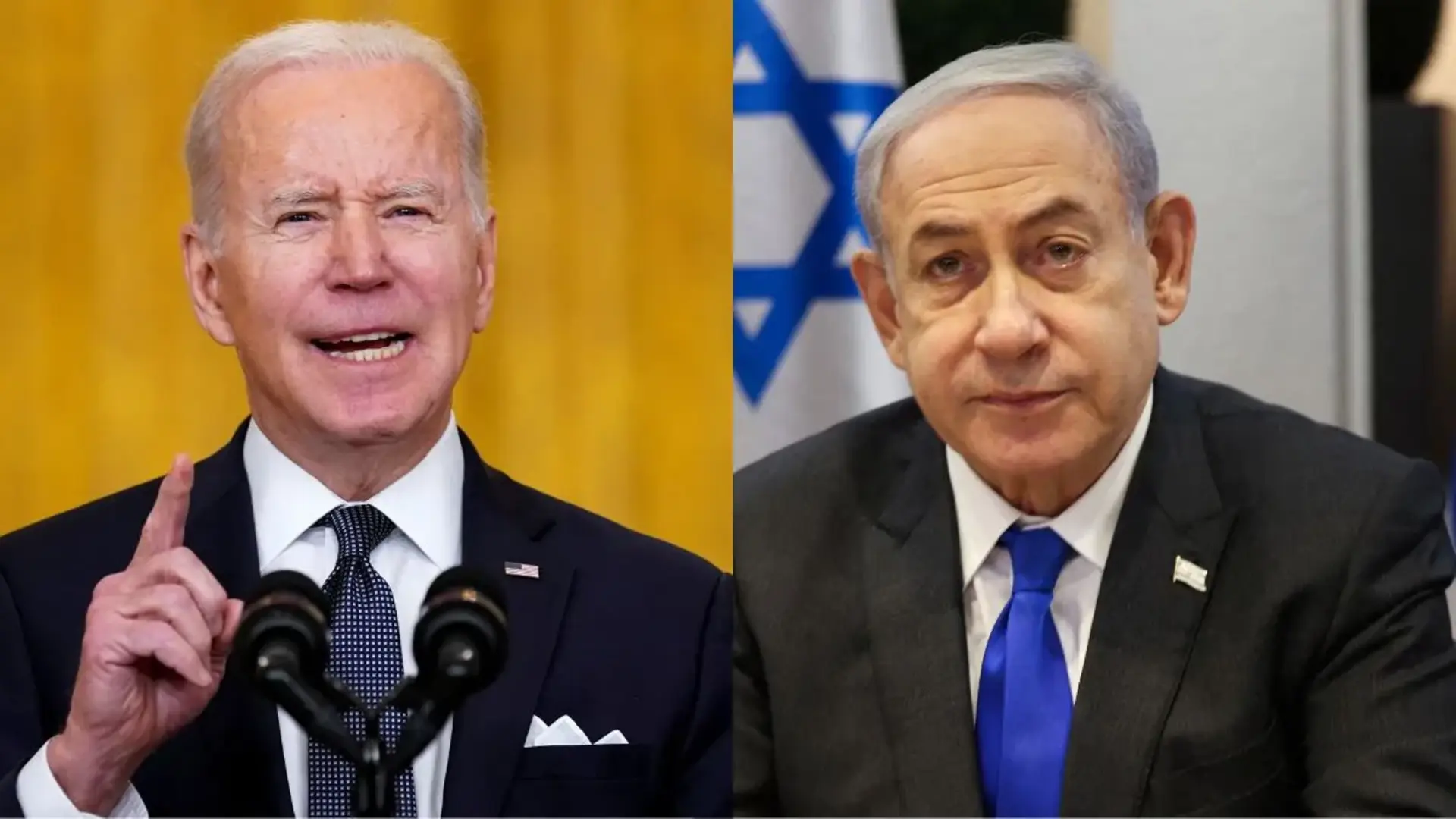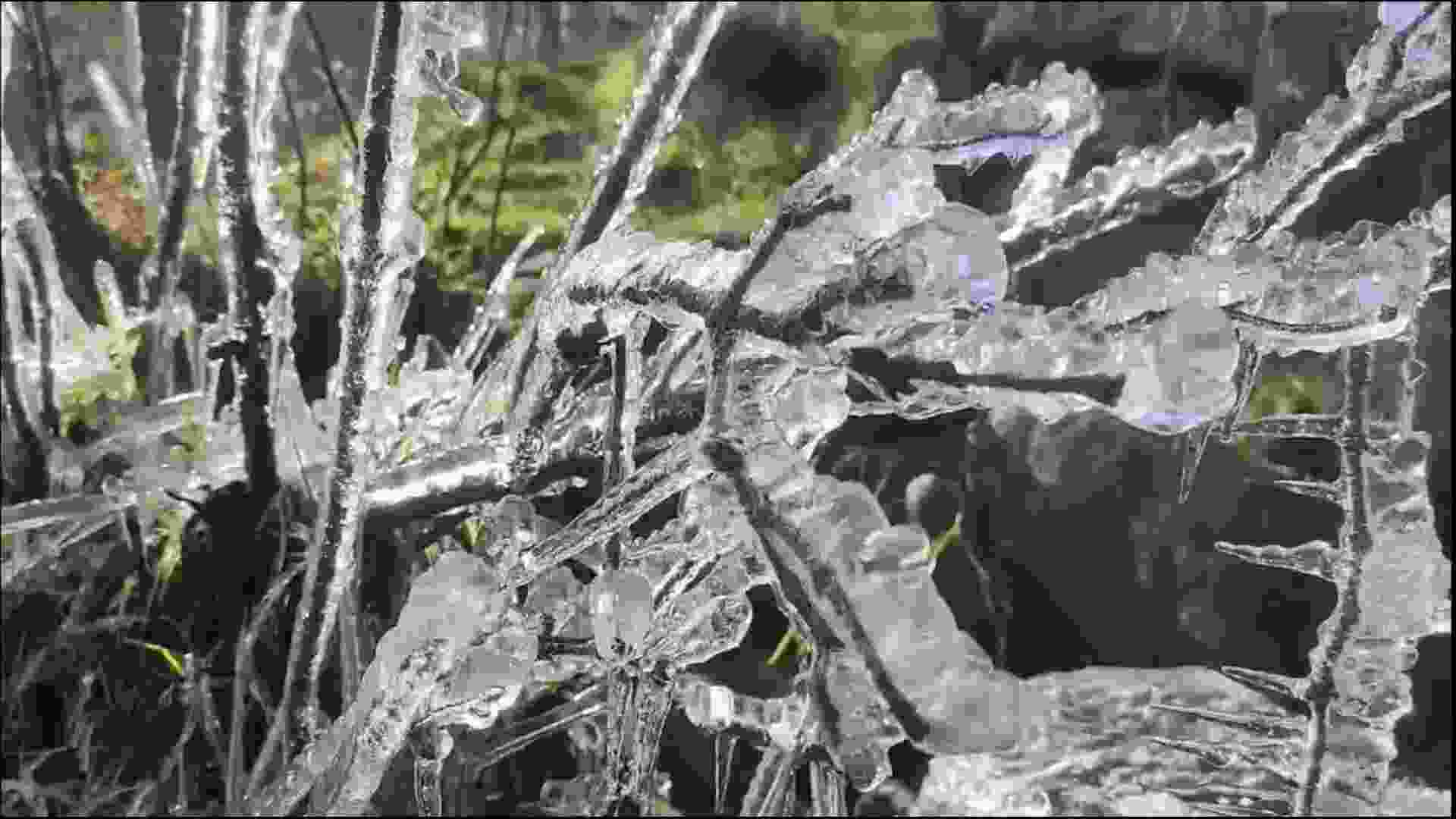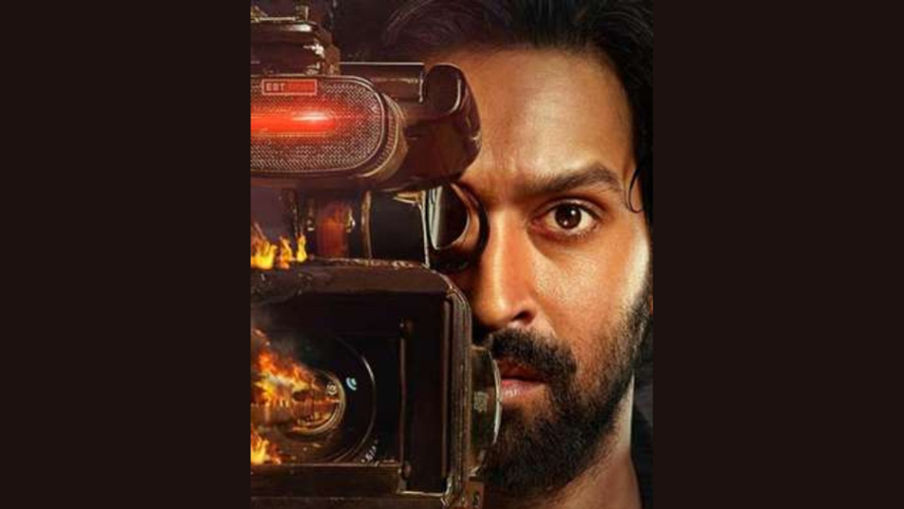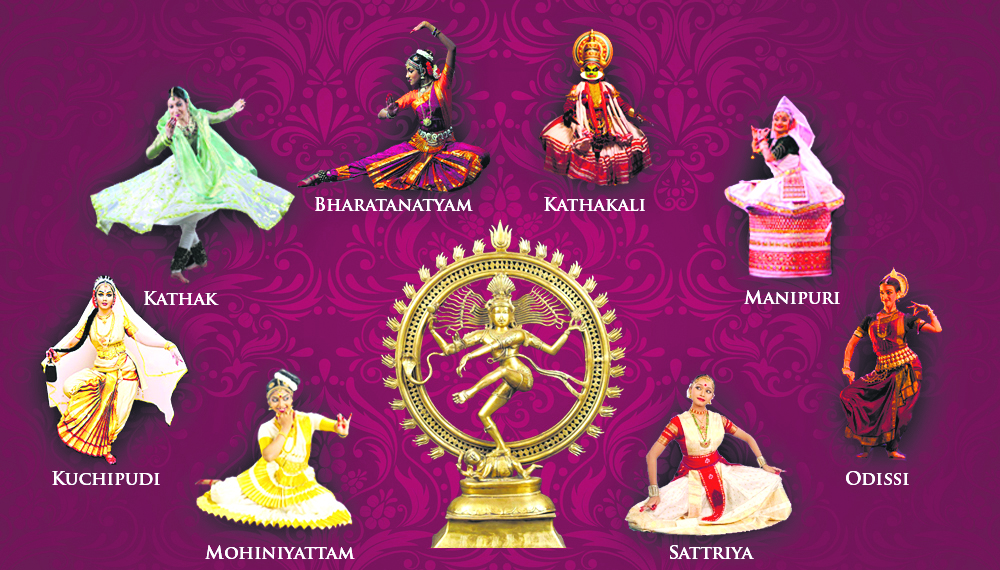
Classical dances in India are rich cultural expressions that have evolved over centuries. Each classical dance form has its own unique style, repertoire, cultural significance and history.
These classical dance forms are deeply rooted in Indian traditions, drawing inspiration from ancient texts, mythology, and historical events. They are characterized by a combination of precise techniques, intricate hand and eye movements, rhythmic footwork, and elaborate costumes. Indian classical dance serves not only as a form of artistic expression but also as a means of preserving and transmitting cultural heritage from one generation to the next. Each dance form has its own unique style, repertoire, and cultural significance, contributing to the vibrant tapestry of India’s performing arts.
Indian classical dance, or Shastriya Nritya, is an umbrella term for different regionally-specific Indian classical dance traditions, rooted in predominantly Hindu musical theatre performance, the theory and practice of which can be traced to the Sanskrit text Natya Shastra. The number of Indian classical dance styles ranges from six to eight to twelve, or more, depending on the source and scholar; the main organisation for Indian arts preservation, the Sangeet Natak Academy recognizes eight: Bharatanatyam, Kathak, Kuchipudi, Odissi, Kathakali, Sattriya, Manipuri and Mohiniyattam. Additionally, the Indian Ministry of Culture includes Chhau in its list, recognising nine total styles. Scholars such as Drid Williams add Chhau, Yakshagana and Bhagavata Mela to the list. Each dance tradition originates and comes from a different state and/or region of India; for example, Bharatanatyam is from Tamil Nadu in the south of India, Odissi is from the east coast state of Odisha, and Manipuri is from the northeastern state of Manipur. The music associated with these different dance performances consists many compositions in Hindi, Malayalam, Meitei (Manipuri), Sanskrit, Tamil, Odia, Telugu, and many other Indian-Subcontinent languages; they represent a unity of core ideas, and a diversity of styles, costumes and expression.
Indian classical dancing started around 200 BCE in India, as a joyful and celebratory activity, often in devotion to Hindu deities. Many of the performances are choreographed to retell stories of the gods and other historical accounts. All styles of Indian classical dance are vibrant, expressive and spiritual. Dance performances usually take place at festivals, universities, various cultural events, and more. The dancers who perform these styles are usually professionals who have devoted years of study and practice in their respective style of Indian classical dance. In performances, the dancers move to the beat of the song or music that is playing; in some styles, such as Kathak, bells are worn around the ankles at times for added rhythmic effect when the feet are stomped. The dancer takes the role of the character that they are portraying in the performance, the composition being specific, and become emotionally connected with the story and the audience.
When dancers perform classical Indian dancing they wear traditional clothes including sarees, lenghas, and kurtas. Usually, women are the main performers in Indian classical dancing, though men are not absent from the tradition. The costume for women usually consists of a long, colorful, handmade gown (worn without shoes), with an intricately embroidered pattern(s) and beading on it. For accessories, there is the use of much ornate jewelry, such as necklaces, rings, earrings, nose-rings, bracelets and anklets, sometimes with bells attached which ring each time the dancer stomps their foot in rhythm. The costume also includes a head-piece or some form of scarf, depending on the style. The women usually wear considerable amounts of facial makeup, not only to be noticeable from the audience, but to fully embody their character, according to the Oxford Handbook of Religion and the Arts.
Types of Classical Dances
According to the Illustrated Encyclopedia of Hinduisms, the Natya Shastra is the foundational treatise for classical dances of India, and this text is attributed to the ancient scholar Bharata Muni. Its first complete compilation is dated to between 200 BCE and 200 CE, but estimates vary between 500 BCE and 500 CE. The most studied version of the Natya Shastra text consists of about 6000 verses structured into 36 chapters. The text, states Natalia Lidova, describes the theory of Tandava dance (Shiva), the theory of rasa, of bhava, expression, gestures, acting techniques, basic steps, standing postures – all of which are part of Indian classical dances. Dance and performance arts, states this ancient text, are a form of expression of spiritual ideas, virtues and the essence of scriptures.
Natya Shastra
While the Natya Shastra is the revered ancient text in the Hindu tradition, there are numerous other ancient and medieval Sanskrit dance-drama related texts that further discuss and expand on the classical repertoire of performance arts, such as the Abhinaya Darpana, Abhinava Bharati, Natya Darpana, Bhava Prakasa and many others. The term “classical” (Sanskrit: “Shastriya”) denotes the ancient Indian Shastra-based performing arts.
The text Natya Shastra describes religious arts as a form as margi, or a “spiritual traditional path” that liberates the soul, while the folk entertainment is called desi, or a “regional popular practice”.
Indian classical dances are traditionally performed as an expressive drama-dance form of religious performance art, related to Vaishnavism, Shaivism, Shaktism, pan-Hindu Epics and the Vedic literature, or a folksy entertainment that includes story-telling from Sanskrit or regional language plays. As a religious art, they are either performed inside the sanctum of a Hindu temple, or near it. Folksy entertainment may also be performed in temple grounds or any fairground, typically in a rural setting by travelling troupes of artists; alternatively, they have been performed inside the halls of royal courts or public squares during festivals.
However, this is not the case for Kathak, Manipuri and Chhau as it has their own uniqueness. Kathak can be also performed on courtyards of mosques and had Muslim elements while Manipuri had the huyen langlon genre which focuses on combat. Like Manipuri, Chhau also had elements on combat.
Dance Forms
The Natya Shastra mentions four Pravrittis (traditions, genres) of ancient dance-drama in vogue when it was composed – Avanti (Ujjain, central), Dakshinatya (south), Panchali (north, west) and Odra-Magadhi (east).
Sources differ in their list of Indian classical dance forms. Encyclopædia Britannica mentions six dances. The Sangeet Natak Akademi has given recognition to eight Indian dances. The Indian government’s Ministry of Culture includes nine dance forms. Scholars such as Drid Williams and others include Yakshagana and Bhagavata Mela to the nine classical Indian dances in the Sangeet Natak Akademi list.
Each classical dance form has its own unique style, repertoire, and cultural significance. The classical dance forms recognised by the Sangeet Natak Akademi and the Ministry of Culture are:
Bharatanatyam
Originating from Tamil Nadu, Bharatanatyam is one of the oldest classical dance forms in India. It is known for its expressive facial movements, intricate footwork, and elaborate hand gestures called mudras. Bharatanatyam traditionally follows the Natya Shastra, an ancient Indian treatise on performing arts.
Kathak
Kathak originated in Northern India and is characterized by fast footwork, spins, and dynamic movements. It has influences from both Hindu and Muslim traditions, reflecting a blend of cultural elements.
Kuchipudi
Kuchipudi comes from the state of Andhra Pradesh and is known for its unique blend of dance and acting. Performers often enact mythological stories, and the dance style incorporates both masculine and feminine aspects.
Odissi
Hailing from the state of Odisha, Odissi is a dance form that originated in the temples, depicting stories from Hindu mythology. The dance is characterized by graceful movements, sculptural poses, and fluidity in the upper body.
Kathakali
Kathakali is a classical dance-drama from Kerala, combining elements of dance, drama, music, and ritual. Elaborate costumes, colorful makeup, and facial expressions are key features of Kathakali performances.
Mohiniyattam
Originating from Kerala, Mohiniyattam is a graceful dance form performed predominantly by women. The dance is known for its fluid movements, expressive eye gestures, and intricate hand gestures.
Manipuri
Manipuri dance comes from the northeastern state of Manipur and is often associated with the Ras Lila, a form of classical dance that depicts the love story of Radha and Krishna. It incorporates gentle, swaying movements and is characterized by a circular and spiral pattern.
Sattriya
Sattriya is a classical dance form from Assam, traditionally performed by male monks in monasteries called Sattras. It encompasses a variety of dance elements and is often associated with religious themes.
In the early 20th century, there was a revival of interest in classical dances in India, thanks to efforts by scholars and practitioners like Rukmini Devi Arundale (Bharatanatyam) and Uday Shankar (a fusion of Indian and Western dance).
Indian classical dances have gained international recognition, with performances and workshops held around the world, contributing to the global appreciation of Indian culture and art.
All major classical Indian dance forms include in repertoire, three categories of performance in the Natya Shastra. These are Nritta, Nritya and Natya
=Nritta : The Nritta performance is an abstract, fast and rhythmic aspect of the dance. The viewer is presented with pure movement, wherein the emphasis is the beauty in motion, form, speed, range and pattern. This part of the repertoire has no interpretative aspect, no telling of the story. It is a technical performance, and aims to engage the senses (Prakriti) of the audience.
=Nritya : The Nritya is slower and expressive aspect of the dance that attempts to communicate feelings, storyline particularly with spiritual themes in Hindu dance traditions. In a Nritya, the dance-acting expands to include silent expression of words through gestures and body motion set to musical notes. The actor articulates a legend or a spiritual message. This part of the repertoire is more than sensory enjoyment, it aims to engage the emotions and mind of the viewer.
=Natyam: The Natyam is a play, typically a team performance, but can be acted out by a solo performer where the dancer uses certain standardized body movements to indicate a new character in the underlying story. A Natya incorporates the elements of a Nritya
The communication through symbols is in the form of expressive gestures (mudras or hastas) and pantomime set to music. The gestures and facial expressions convey the ras (sentiment, emotional taste) and bhava (mood) of the underlying story.
In Hindu classical dances, the artist successfully expresses the spiritual ideas by paying attention to four aspects of a performance:
=Angika (gestures and body language),
=Vachika (song, recitation, music and rhythm),
=Aharya (stage setting, costume, make up, jewelry),
=Sattvika (artist’s mental disposition and emotional connection with the story and audience, wherein the artist’s inner and outer state resonates).
=Abhinaya draws out the bhava (mood, psychological states).

